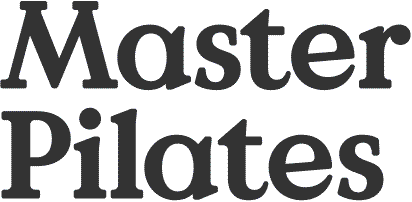The Pilates Method
The Pilates method seeks to develop controlled movement from a strong core. It does this using a range of apparatus to guide and train the body.
Pilates was the brainchild of Joseph Pilates who was born in Germany in 1883. He developed a system of exercises during the first half of the 20th century, which were intended to strengthen the mind and body. Joseph Pilates believed that our mental and physical health are inter-related.
The Pilates method seeks to develop controlled movement from a strong core and it does this using a range of apparatus to guide and train the body. Each piece of apparatus has its own repertoire of exercises and most of these exercises take the form of resistance training, given their use of springs to provide additional resistance.
"Contrology" was Joseph Pilates' preferred name for his method and it is based on the idea of muscle control. Nothing about the Pilates method is haphazard and the reason you need to apply great concentration during the movements is so that you can remain in control of every aspect of every moment. The practice of Pilates teaches you to be in control of your body and not at its mercy - the muscles work to lift against gravity and the resistance of the springs, and thereby control the movement of the body and the apparatus.
The Principles of Pilates
Centre
The centre is the focal point of the Pilates Method. It encompasses your abdomen, lower and upper back, hips, buttocks and inner thighs as the “core”. All movement in Pilates should begin from the core and flow outwards to the limbs.
Precision
Precision is essential to Pilates. By concentrating on the correct movements each time you exercise, you will realise all of their vital benefits. The ultimate goal is for this precision to eventually become second nature, and carry over into your everyday life as grace and economy of movement.
Flow
Once precision has been achieved, the exercises are intended to flow within and into each other, resulting in your increased strength and endurance. As mentioned above, Pilates is flowing movement outwards from a strong core.
Breathing
Breathing is important to the Pilates method. Proper full inhalation and complete exhalation are key. In fact, Joseph Pilates advised people to squeeze out their lungs as they would wring a wet towel. Pilates breathing is described as a posterior lateral breathing, meaning you need to try to breathe deep into the back and sides of your rib cage. Pilates attempts to properly coordinate this breathing with movement.
Concentration
As there are many things to do at once (breath, movement and muscle engagement) full concentration and commitment to the exercise will result in the maximum value from Pilates.
Control
Every Pilates exercise is done with complete muscular control. During the sessions you try to focus on every part of your body.
Core Strength
Pilates emphasises the concepts of core strength and stability. As Joseph Pilates called it, the “powerhouse” is the center of your body or its core and if strengthened, it offers a solid foundation for any movement. The core provides the basic control and stability in the lumbopelvic region, which furthermore consists of the pelvic floor muscles, the transverses, the multifidus, the diaphragm, the muscles of the inner thigh, and the muscles encircling the sitting bone area.
Neutral spine
The natural curves of your spine are interdependent. In Pilates, the aim of most stabilising exercises is to maintain these natural curves and create a neutral position for each joint that is close to its optimal alignment, to create perfect posture. In a neutral position, the deep muscles of the spine (Multifidus and Transverses abdominis) can be recruited effectively, thus strengthening each vertebrae in alignment to reduce stress on the spinal tissues and inter-vertebral discs.

